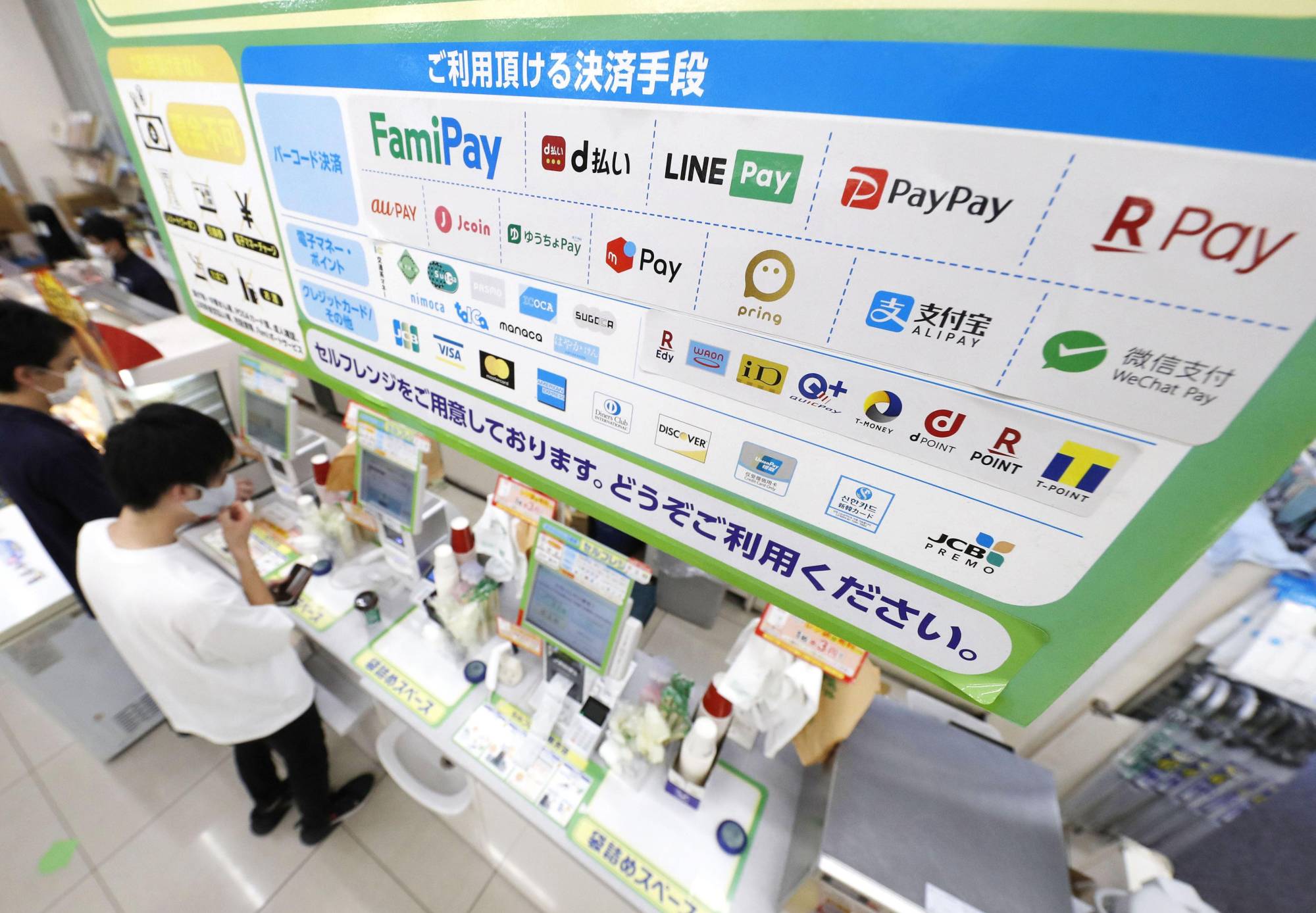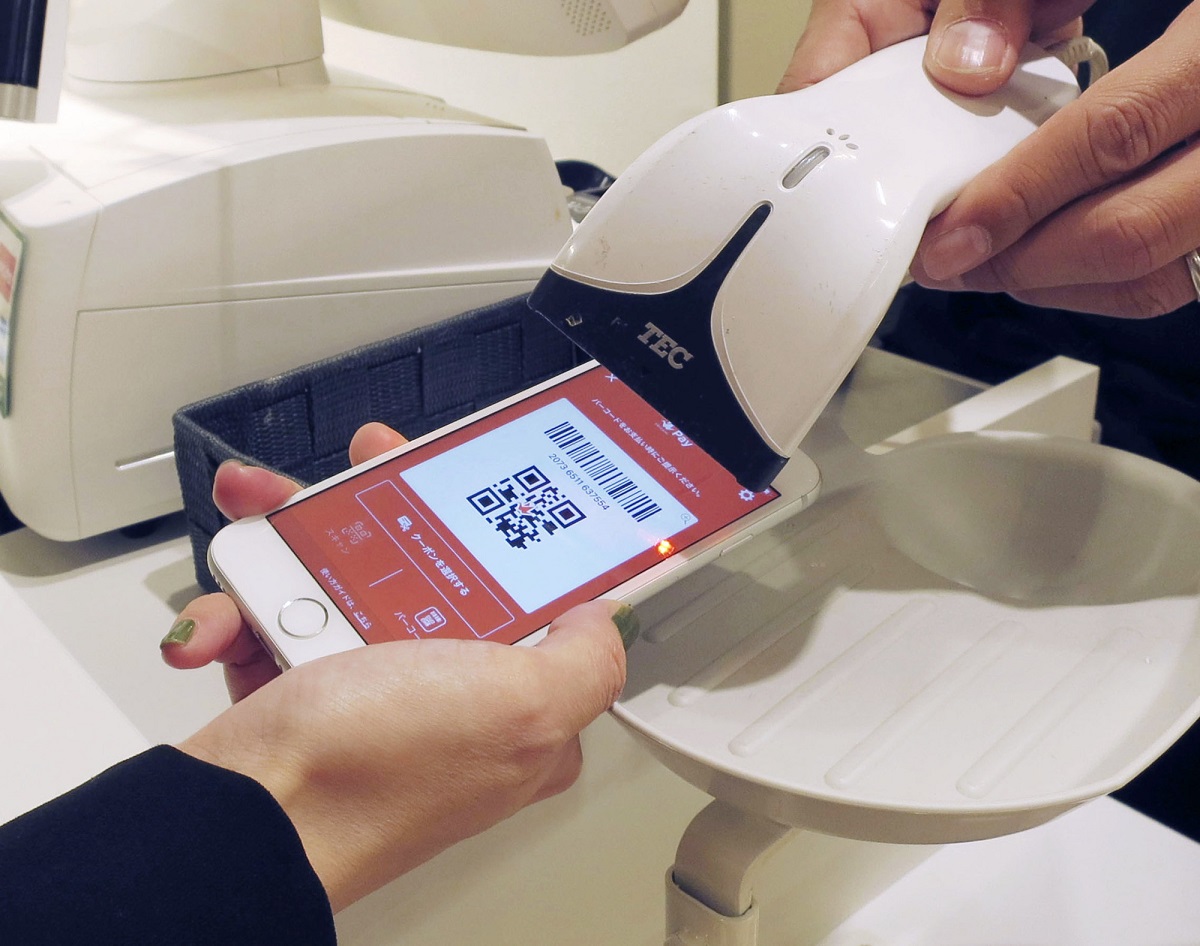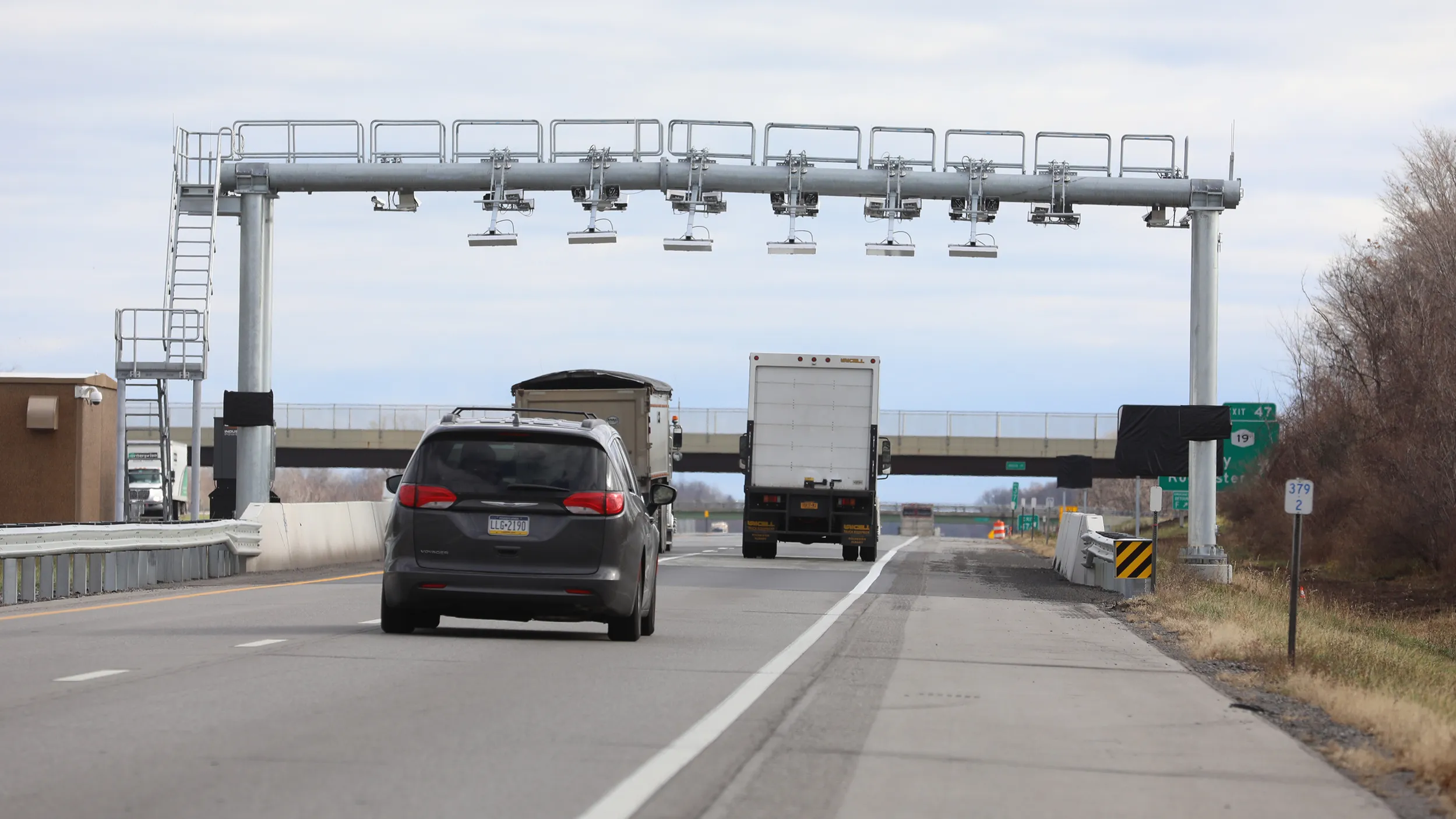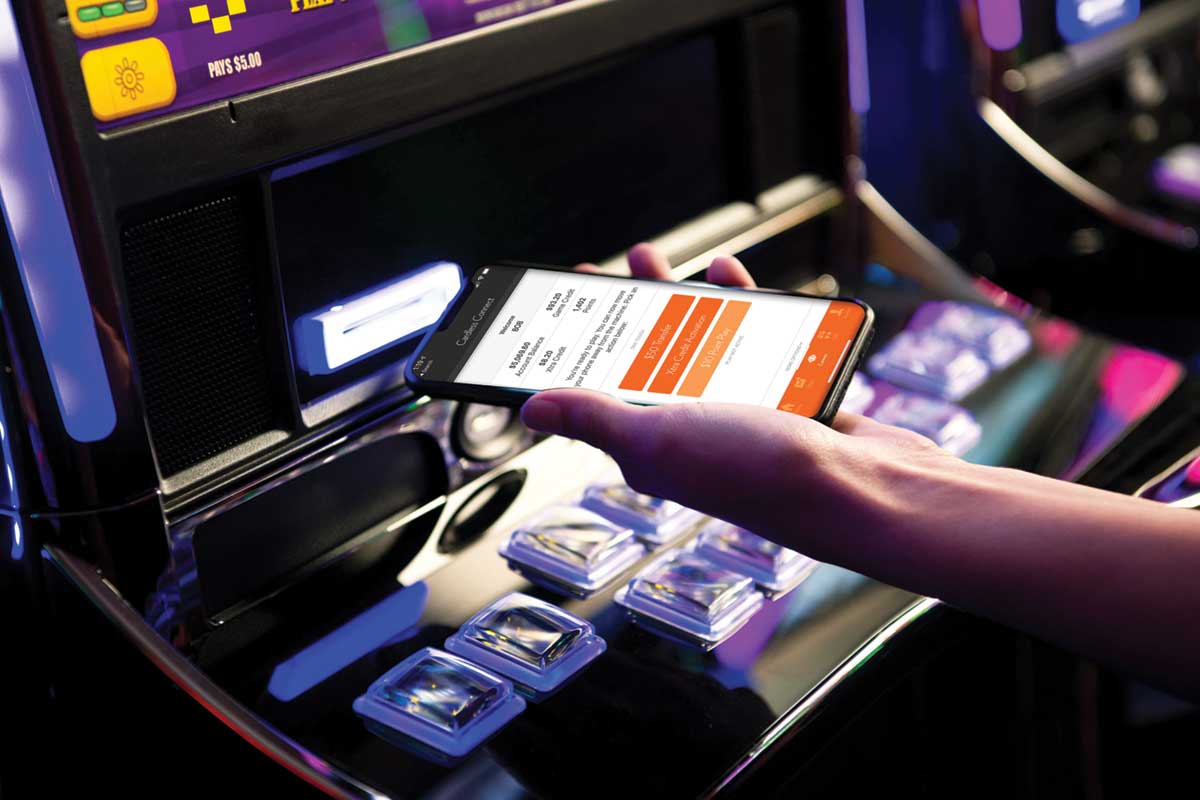Introduction
Japan, known for its technological advancements and efficiency, has been slow to adopt cashless payment systems compared to other developed countries. Despite being a world leader in innovation, the Japanese society has been heavily reliant on cash for daily transactions. However, recent years have witnessed a significant shift towards cashless payments in the country.
The dominance of cash in Japan can be attributed to various cultural, historical, and economic factors. Japanese consumers have long been accustomed to carrying cash and prefer the sense of security and control it offers. Additionally, the prevalence of small businesses, especially in rural areas, has contributed to the continued use of cash as a primary payment method.
The Japanese government, recognizing the benefits and potential of cashless payments, has been actively promoting their adoption. Various initiatives and incentives have been introduced to encourage both businesses and consumers to embrace a cashless future.
This article explores the current status of cashless payment systems in Japan, the reasons behind the dominance of cash, the shift towards cashless payments, popular payment methods, the benefits and challenges of cashless payments, government initiatives, and the impact on the Japanese economy.
By delving into these aspects, we can gain a comprehensive understanding of the cashless landscape in Japan and the factors driving its evolution towards a more digital and convenient payment system.
Cashless Payment Systems in Japan
In recent years, Japan has seen a surge in the adoption of cashless payment systems. While cash still remains prevalent, various digital payment methods have gained traction, offering convenience and efficiency to consumers.
One of the most popular cashless payment methods in Japan is the use of electronic money (e-money) cards. These cards, such as Suica or PASMO, are based on Near Field Communication (NFC) technology and can be loaded with funds to make quick and seamless payments at various retailers, restaurants, and public transportation systems. They have become increasingly popular due to their wide acceptance and ease of use.
Another popular form of cashless payment is through mobile payment apps like PayPay and Line Pay. These apps allow users to link their bank accounts or credit cards, enabling them to make payments by simply scanning QR codes or tapping their phones at supported terminals. The convenience of these apps has led to their widespread adoption.
Furthermore, credit and debit cards are also widely accepted in most establishments in urban areas. Many Japanese residents and tourists prefer to use their cards for larger purchases or when traveling, as it provides a sense of security and ease of tracking expenses.
Moreover, there has been an increase in the use of digital wallets on smartphones. With the advancements in mobile technology, more people are using digital wallet services like Apple Pay and Google Pay, which allow them to store their card information securely and make payments with just a few taps on their phones.
Overall, the cashless payment landscape in Japan is evolving rapidly, with various options available to consumers. While cash still holds significance due to cultural and historical factors, the greater convenience, security, and digitization offered by these cashless payment systems are driving their increased adoption.
Reasons for Cash Dominance in Japan
Despite Japan being a technologically advanced society, cash has remained the predominant payment method for decades. There are several reasons behind the continued dominance of cash in Japan, including cultural, historical, and economic factors.
Culturally, the use of cash in Japan is deeply ingrained. Many Japanese citizens prefer the tangibility and physical presence of cash, as it provides a sense of security and control over their spending. Cash allows for more transparent budgeting and easier tracking of expenses, which aligns with the Japanese cultural emphasis on saving and frugality.
Additionally, the historical context has played a significant role in the prevalence of cash in Japan. After World War II, the country experienced a rapid economic recovery, and the use of cash was encouraged as a means to stimulate the economy. The government distributed cash to citizens to promote spending and boost consumption, which further reinforced the cultural belief in the importance of cash.
Economically, the prevalence of small businesses in Japan has contributed to the continued reliance on cash. Small businesses, particularly in rural areas, often prefer cash transactions to avoid transaction fees associated with card payments. Cash is also more widely accepted in smaller establishments, such as local shops and street vendors, which further reinforces the habit of using cash for daily transactions.
Another factor contributing to the dominance of cash is the slower adoption of cashless infrastructure by some businesses. While larger chain retailers and tourism-oriented establishments have embraced cashless payment systems, smaller businesses, especially in rural areas, may not have the resources or knowledge to implement cashless technology. This limits the options for cashless payments in certain regions, thereby perpetuating the use of cash.
Furthermore, the strong influence of older generations in decision-making and social norms has also contributed to the cash dominance in Japan. While younger generations are more open to embracing cashless payments, the conservative mindset of the older population, who prefer traditional payment methods, has maintained the prevalence of cash.
In summary, the dominance of cash in Japan can be attributed to cultural preferences, historical context, the prevalence of small businesses, slower adoption of cashless infrastructure, and the influence of older generations. However, with the evolving landscape and government initiatives to promote cashless payments, Japan is witnessing a gradual shift towards a more digital payment system.
Shift Towards Cashless Payments in Japan
While cash has traditionally been the dominant payment method in Japan, recent years have seen a noticeable shift towards cashless payments. Several factors have contributed to this change, including technological advancements, changing consumer preferences, and government initiatives.
Technological advancements have played a significant role in encouraging the adoption of cashless payments in Japan. The widespread use of smartphones and the availability of mobile payment apps have made it easier for consumers to make transactions digitally. The convenience and speed of cashless payments have appealed to a younger generation that is accustomed to digital technology.
Furthermore, changing consumer preferences have also driven the shift towards cashless payments. Younger consumers, who are more comfortable with technology, are increasingly embracing cashless options. They value the convenience, security, and speed that cashless payment methods provide. Additionally, the COVID-19 pandemic has further accelerated the adoption of cashless payments in Japan, as it reduces the need for physical contact and minimizes the risk of spreading the virus.
Government initiatives have also played a crucial role in promoting cashless payments. In 2019, the Japanese government implemented a cashless rebate program to incentivize cashless transactions. Consumers who made purchases using cashless payment methods were eligible for rewards and discounts. This program aimed to boost the adoption of cashless payment systems and stimulate economic growth.
Moreover, the government has taken steps to improve cashless infrastructure across the country. They have encouraged businesses, especially those in rural areas, to adopt cashless systems by providing financial incentives and support. The government has also partnered with financial institutions and payment service providers to expand the acceptance of cashless payments and educate the public about the benefits and usage of cashless options.
As a result of these initiatives and factors, Japan has witnessed a growing acceptance and usage of cashless payment methods. The convenience, speed, and security offered by these systems have appealed to both businesses and consumers. While cash still holds significance, especially in certain areas and for specific demographics, the momentum towards cashless payments continues to increase.
Popular Cashless Payment Methods in Japan
As Japan moves towards a more cashless society, several payment methods have gained popularity among consumers. These cashless options offer convenience, security, and ease of use, transforming the way people make transactions in the country.
One of the most prevalent cashless payment methods in Japan is the use of electronic money (e-money) cards. These cards, such as Suica, PASMO, and ICOCA, are contactless smart cards that can be loaded with funds and used for various purchases. They are widely accepted across a range of establishments, including retailers, vending machines, and public transportation systems. E-money cards save time and offer a seamless payment experience, especially for frequent travelers and commuters.
Mobile payment apps have also gained significant traction in Japan. Platforms like PayPay, Line Pay, and Rakuten Pay allow users to link their bank accounts or credit cards to their mobile devices. They can make payments by scanning QR codes or tapping their phones at supported terminals. These apps offer convenience and enable users to manage their transactions and access discounts and loyalty rewards, further incentivizing their adoption.
In addition to e-money cards and mobile payment apps, credit and debit cards have become widely accepted in Japan. Major credit card brands like Visa, Mastercard, and American Express are commonly used for larger transactions and online purchases. Many Japanese residents and tourists prefer using their cards for the added security, ease of tracking expenses, and the ability to earn rewards or cashback.
Digital wallet services, such as Apple Pay and Google Pay, have also gained popularity among smartphone users. These services allow users to store their card information securely on their devices and make payments by simply tapping their smartphones at compatible payment terminals. Digital wallets provide convenience and reduce the need to carry physical cards, making them a convenient option for those who prefer a minimalist wallet.
Another emerging trend is the use of QR code payments. Bank-backed payment services like PayPay, Origami Pay, and J-Coin Pay utilize QR codes for transactions. Users can scan the sellers’ QR codes or vice versa to initiate payments directly from their bank accounts. QR code payments are gaining popularity due to their simplicity and acceptance across various merchants.
Overall, the popularity of cashless payment methods in Japan has grown significantly in recent years. Whether through e-money cards, mobile payment apps, credit and debit cards, digital wallets, or QR code payments, consumers have a variety of options to choose from, enhancing their shopping experience and streamlining their transactions.
Benefits of Cashless Payments in Japan
The shift towards cashless payments in Japan brings numerous benefits to both consumers and businesses. As the country embraces digital transactions, cashless payment methods offer convenience, security, and efficiency, revolutionizing the way financial transactions are conducted.
One of the key benefits of cashless payments is the convenience they provide. With just a swipe, tap, or scan, consumers can make quick and effortless transactions, eliminating the need for carrying and counting physical cash. This convenience is particularly advantageous in crowded areas or when making frequent small purchases, as it saves time and reduces the need for fumbling with cash and coins.
Cashless payments also offer enhanced security. Traditional cash transactions carry the risk of theft or loss, whereas digital payments are protected by various layers of security measures. Encryption technologies, unique digital identifiers, and authentication protocols ensure that personal and financial information is safeguarded, reducing the chances of fraud or identity theft.
Moreover, cashless payments promote financial transparency and tracking. By using electronic payment methods, consumers can easily monitor and manage their expenses through digital receipts and transaction history available in mobile banking apps or e-wallet accounts. This enhanced visibility helps individuals budget more effectively and make informed financial decisions.
For businesses, cashless payments offer significant advantages as well. Accepting digital payments can streamline point-of-sale processes, reducing transaction time and increasing customer satisfaction. Cashless payments also minimize the need for manual cash handling and counting, reducing the risk of errors and discrepancies in accounts.
In addition, cashless transactions enable businesses to access valuable data insights. Payment platforms often provide analytics and reporting tools, allowing businesses to gain insights into customer behavior, purchase patterns, and preferences. This data can be used to tailor marketing strategies, improve inventory management, and enhance overall business operations.
Another notable benefit of cashless payments is the convenience for tourists and international visitors. Japan’s growing adoption of cashless payment methods, particularly mobile payment apps and contactless cards, makes it easier for tourists to navigate and make purchases without the need for exchanging currency. This helps to improve the overall tourism experience and encourages more spending from international visitors.
Lastly, the shift towards cashless payments aligns with environmental sustainability goals. By reducing reliance on physical cash, there is a decrease in the production and circulation of paper currency, leading to potential environmental benefits such as reduced demand for paper and lowered carbon emissions associated with currency production and transportation.
In summary, cashless payments offer a multitude of benefits in Japan, including convenience, enhanced security, financial transparency, streamlined business operations, access to valuable data insights, improved tourism experiences, and positive environmental impact. As the adoption of cashless payment methods continues to grow, these benefits contribute to a more efficient and digitized financial landscape in the country.
Challenges of Cashless Payments in Japan
While the adoption of cashless payments is steadily increasing in Japan, there are still some challenges and barriers that hinder its widespread acceptance. These challenges range from cultural factors to technological limitations, and they need to be addressed to achieve a seamless transition to a cashless society.
One of the major challenges is the deeply ingrained cash-centric culture in Japan. Many Japanese consumers are accustomed to using physical cash for their daily transactions and may be reluctant to switch to digital payment methods. This cultural preference for cash poses a significant hurdle in promoting cashless payments, as changing deeply rooted habits and mindsets takes time and effort.
Additionally, there is a generation gap when it comes to the adoption of cashless payments. While younger generations in Japan are more open to using digital payment methods, older generations, who make up a significant portion of the population, may struggle with the technology and prefer traditional cash transactions. Bridging this generation gap and providing education and support to older individuals will be essential in promoting wider acceptance of cashless payments.
Furthermore, while cashless payment infrastructure is expanding in major cities, rural areas still face challenges in terms of access to technology. Small businesses in rural locations may lack the necessary equipment or knowledge to implement cashless payment systems, limiting the options for cashless transactions in these areas.
Another challenge is the interoperability between different payment systems. In Japan, there are numerous payment apps and e-wallet services available, each with its own unique QR codes or proprietary technologies. This lack of standardization makes it inconvenient for consumers, who may need to download multiple payment apps or carry multiple e-money cards to make payments at different merchants. A more unified and standardized approach to cashless payments would greatly improve the user experience.
Security concerns also pose a challenge to the widespread adoption of cashless payments. While digital payment methods offer enhanced security measures, there is still a risk of data breaches or unauthorized access to personal and financial information. Building trust and ensuring robust security measures will be crucial in convincing consumers to embrace cashless payment methods.
Lastly, there is a need for continued innovation and advancement in technology to address the limitations and challenges of cashless payments in Japan. This includes improvements in connectivity, ensuring seamless and reliable payment experiences even in areas with weak internet or mobile networks. Furthermore, the development of user-friendly payment interfaces and systems that cater to different user demographics will be essential in promoting widespread adoption.
In summary, the challenges of cashless payments in Japan include cultural resistance, a generation gap, limited access to technology in rural areas, lack of interoperability, security concerns, and the need for continuous technological advancements. By addressing these challenges and implementing effective solutions, Japan can overcome these barriers and foster a more inclusive and efficient cashless payment ecosystem.
Government Initiatives to Promote Cashless Payments in Japan
The Japanese government has actively implemented several initiatives to promote the adoption of cashless payments in the country. Recognizing the benefits and potential of digital transactions, these initiatives aim to create a supportive environment for businesses and consumers to embrace cashless payment methods.
One notable government initiative is the “Cashless Rebate Program.” Introduced in 2019, this program offers incentives for consumers who make purchases using cashless payment methods. Through this program, consumers can receive rewards and discounts for using digital payment options, such as mobile payment apps or e-money cards. The Cashless Rebate Program aims to encourage consumers to transition away from cash and experience the convenience and benefits of cashless transactions.
Furthermore, the government has implemented measures to improve cashless payment infrastructure across the country. Financial incentives and support are provided to businesses, especially small and medium-sized enterprises (SMEs), to adopt cashless systems. This includes subsidies for purchasing cashless payment terminals and equipment, as well as assistance in setting up and integrating digital payment systems into their operations. These efforts help bridge the technology gap and enable more businesses to offer cashless payment options to their customers.
In addition to financial incentives, the government has partnered with financial institutions and payment service providers to expand the acceptance of cashless payments. Collaborations between these entities have resulted in initiatives to enhance interoperability and create a more seamless and convenient cashless payment experience. Efforts are being made to develop a standardized QR code system and promote the use of common standards to ensure compatibility across different payment platforms.
Education and awareness campaigns are another crucial aspect of the government’s initiatives. The government has actively promoted the benefits of cashless payments and provided resources to educate the public about the various payment options available. Messaging campaigns, workshops, and information sharing have helped familiarize consumers with the different cashless payment methods and address any concerns or questions they may have about security, privacy, and convenience.
Moreover, the government has also introduced policies to encourage international visitors to use cashless payment methods. With the aim of enhancing the tourism experience, these policies focus on improving access to cashless payment options at popular tourist destinations, transportation hubs, and major shopping areas. Making it easier for international visitors to use their preferred payment methods helps boost tourism spending and promotes a positive image of Japan as an advanced and convenient destination.
Overall, the government’s initiatives to promote cashless payments in Japan encompass financial incentives, infrastructure development, partnerships, education, and support for international visitors. These efforts underline the commitment to creating an environment that fosters the widespread adoption of cashless payment methods, bringing efficiency, convenience, and innovation to the Japanese economy.
Impact of Cashless Payments on Japanese Economy
The increasing adoption of cashless payments in Japan has had a significant impact on the country’s economy. This transition from traditional cash transactions to digital payments has brought about various positive changes, benefiting businesses, consumers, and the overall economic landscape.
One notable impact is the potential boost in consumer spending. Cashless payments provide convenience and ease of transaction, encouraging consumers to make more frequent purchases. With the ability to track and manage expenses digitally, individuals are more confident in their spending habits and are likely to engage in more discretionary spending. This increased consumer spending contributes to economic growth and stimulates various sectors, such as retail, hospitality, and entertainment.
The shift towards cashless payments also has cost-saving implications for businesses. By accepting digital payments, businesses can reduce the expenses associated with handling physical cash, such as security measures, cash transportation, and cash handling fees. This cost reduction allows businesses to allocate resources to other areas of their operations and invest in growth and innovation. Furthermore, the adoption of cashless payments can streamline point-of-sale processes, reducing checkout times and improving overall operational efficiency.
Improved data insights are another significant impact of cashless payments on the Japanese economy. Digital payment platforms capture valuable transaction data, providing businesses with insights into consumer behavior, preferences, and spending patterns. This data can be leveraged to target marketing efforts, optimize product offerings, and improve business strategies. Data insights enable businesses to make informed decisions, enhance customer experiences, and improve profitability.
Furthermore, the adoption of cashless payments supports Japan’s efforts towards financial inclusion. Digital payment methods provide greater access and convenience for underserved populations, including the elderly and individuals living in rural areas. By promoting digital financial services, the government aims to bridge the digital divide and ensure that everyone has equal access to financial resources and opportunities.
Cashless payments also have implications for tourism and international business in Japan. With the growing preference for cashless transactions among international visitors, businesses that accept digital payments can attract and serve a wider range of customers. The availability of cashless payment options enhances the overall tourism experience, creating a positive image of Japan as a technologically advanced and convenient destination. This, in turn, contributes to increased tourism revenue and a more vibrant international business environment.
Lastly, the adoption of cashless payments aligns with environmental sustainability goals. With reduced reliance on physical cash, there is a decrease in the production, circulation, and disposal of paper currency. This reduction in paper usage positively impacts the environment by conserving resources, reducing waste, and lowering carbon emissions associated with currency production and transportation.
In summary, the shift towards cashless payments in Japan has brought about numerous positive impacts on the economy, including increased consumer spending, cost savings for businesses, enhanced data insights, financial inclusion, support for tourism and international business, and environmental sustainability. As the adoption of cashless payment methods continues to grow, these impacts are likely to strengthen, creating a more efficient, inclusive, and sustainable economic landscape in Japan.
Conclusion
The evolution towards cashless payments in Japan reflects a significant and transformative shift in the way financial transactions are conducted. While cash has long been the dominant payment method, the adoption of digital payment solutions is gaining momentum due to the convenience, security, and efficiency they offer.
Cultural, historical, and economic factors have contributed to the prominence of cash in Japan, with many consumers valuing the tangibility and control that cash provides. However, technological advancements, changing consumer preferences, and government initiatives have paved the way for the increasing acceptance of cashless payments.
The popularity of cashless payment methods such as e-money cards, mobile payment apps, credit and debit cards, digital wallets, and QR code payments has risen, providing consumers with a variety of options to choose from. These cashless systems offer benefits such as convenience, enhanced security, financial transparency, streamlined business operations, access to data insights, improved tourism experiences, and positive environmental impact.
However, challenges still remain in the adoption of cashless payments. Cultural resistance, technological limitations, the generation gap, limited access to technology in rural areas, lack of interoperability, and security concerns pose obstacles to wider acceptance. Addressing these challenges through education, standardization, improved infrastructure, and enhanced security measures will be instrumental in promoting the seamless transition to a cashless society.
The government has played a pivotal role in driving the shift towards cashless payments in Japan through various initiatives. The Cashless Rebate Program, infrastructure development, partnerships, and educational campaigns have created a supportive environment and incentivized businesses and consumers to embrace cashless payment methods.
Overall, the impact of cashless payments on the Japanese economy is significant. It has the potential to increase consumer spending, streamline operations, provide valuable data insights, promote financial inclusion, boost tourism and international business, and contribute to environmental sustainability.
As Japan continues its journey towards a cashless society, the benefits and challenges associated with cashless payments need to be carefully considered. By fostering innovation, collaboration, and public awareness, Japan can further accelerate its progress towards a digital and convenient payment ecosystem that aligns with its reputation as a technological leader.

























